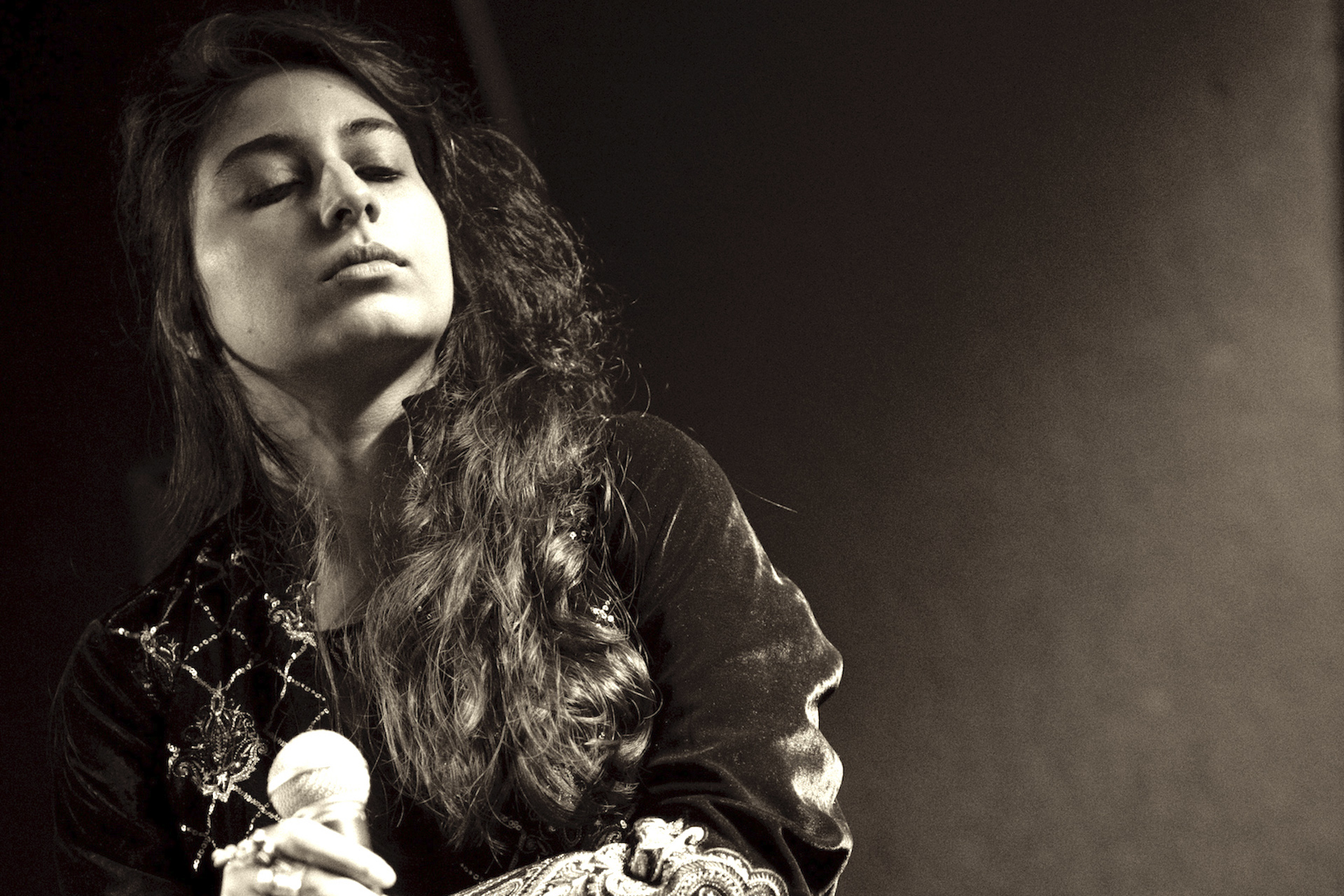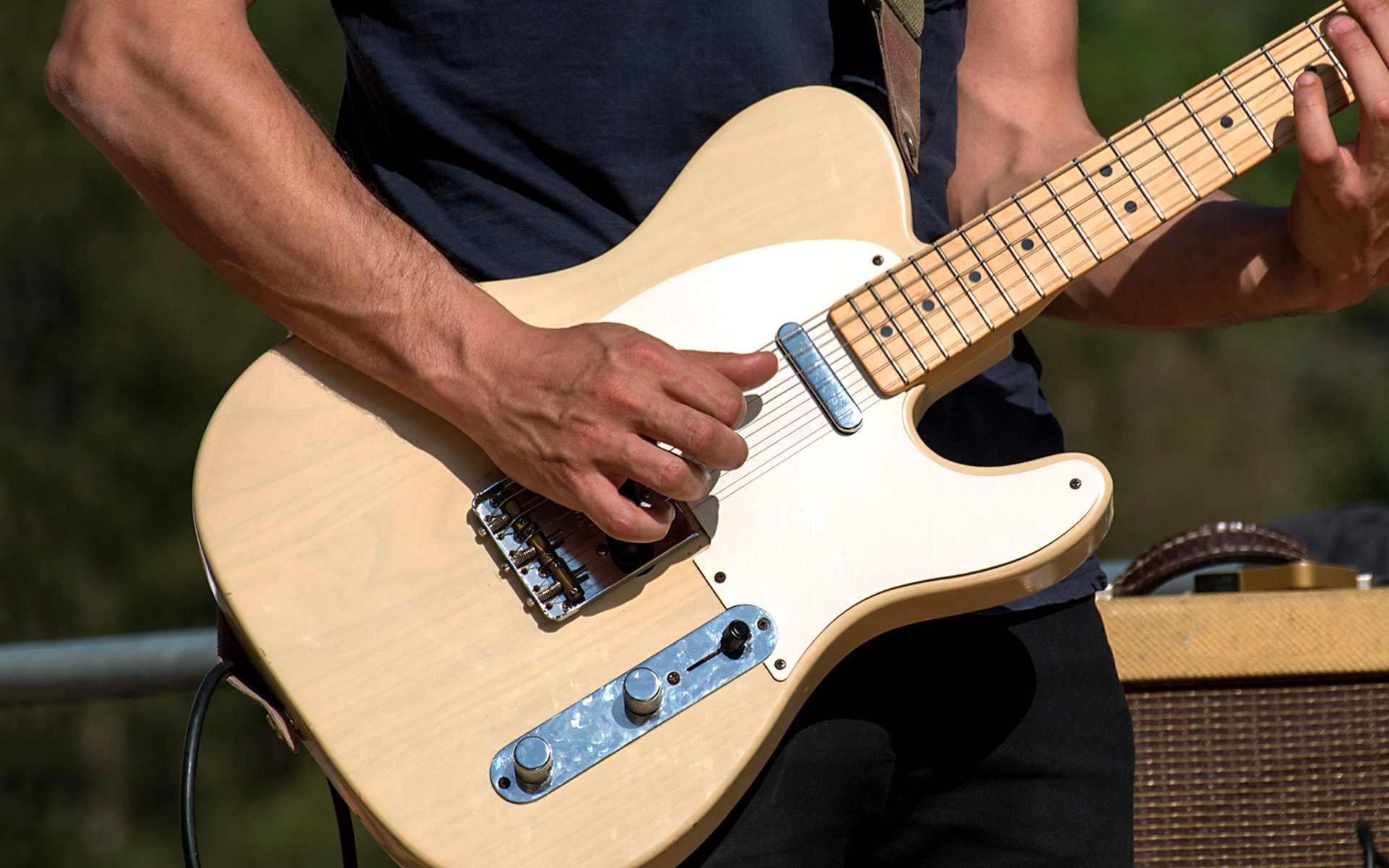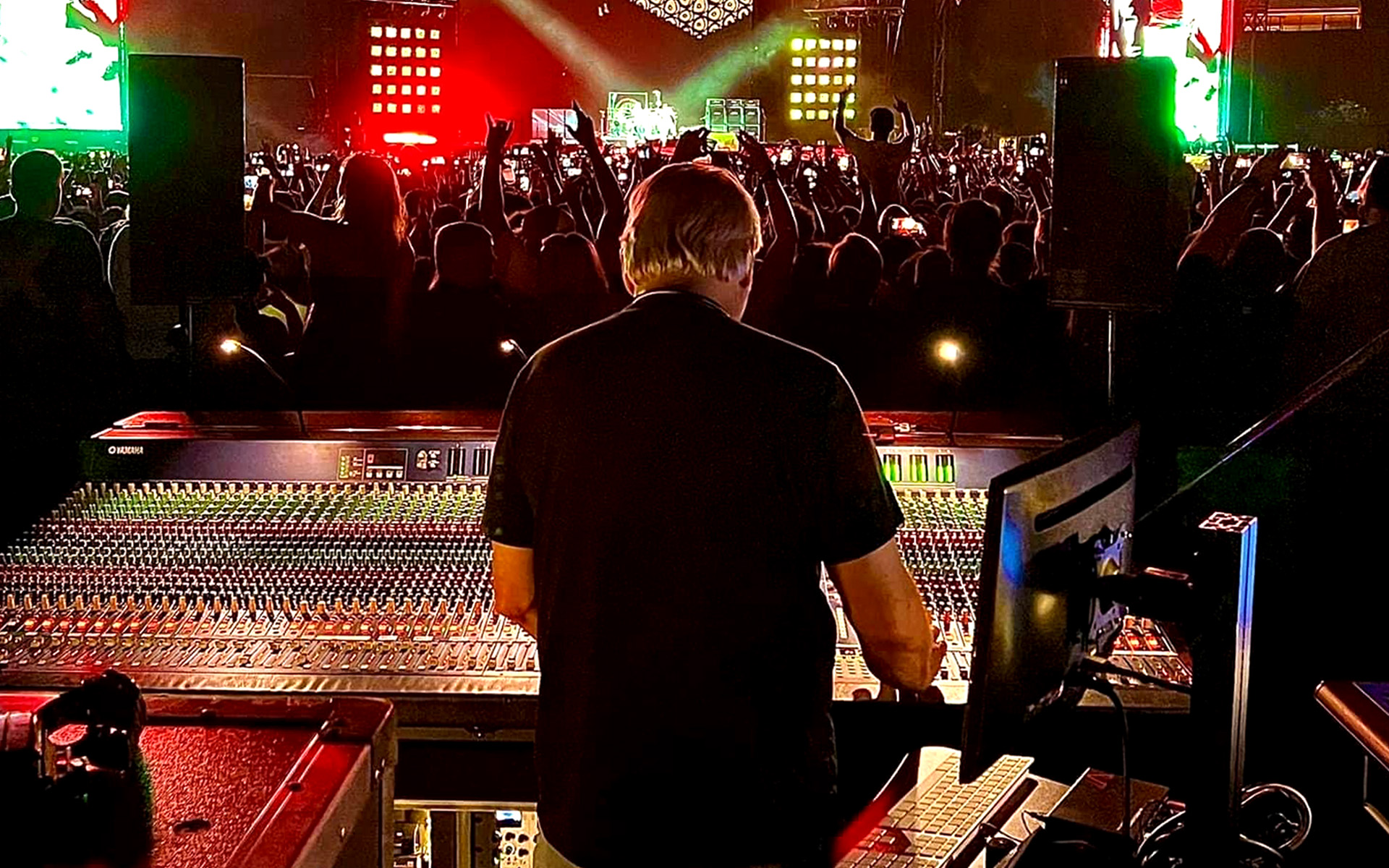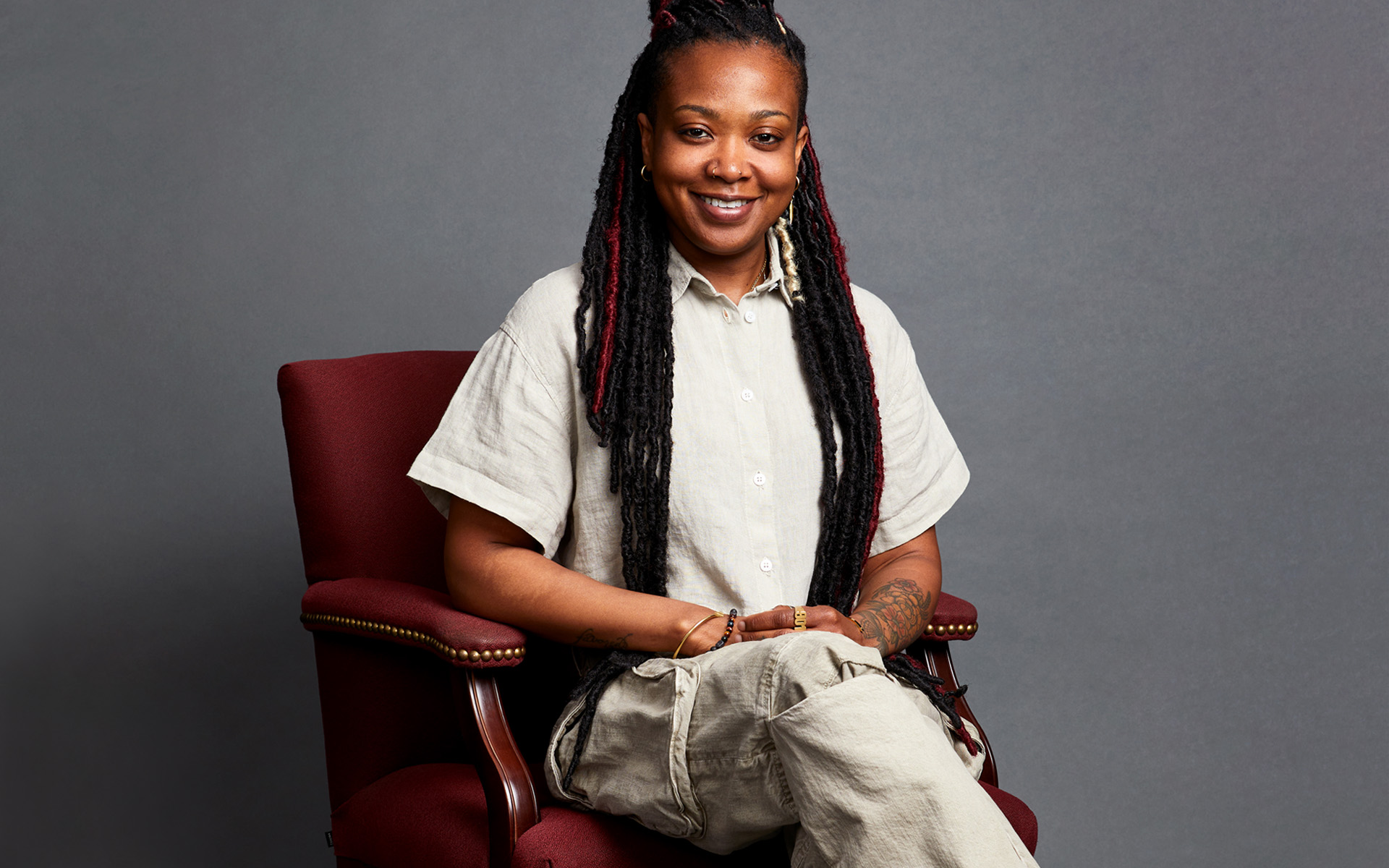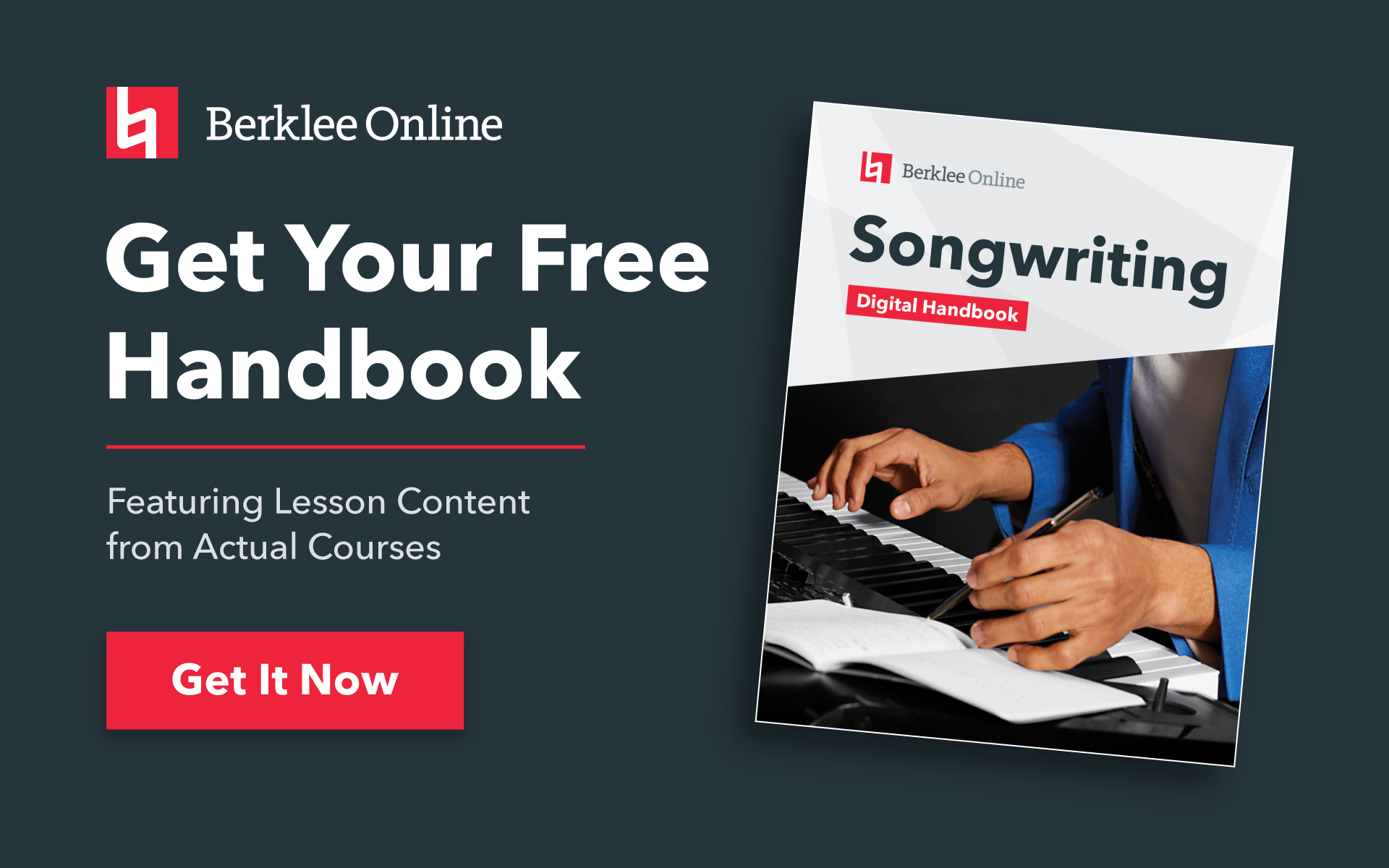In just a few weeks, a small group of songwriters, alongside my producer and me, will eagerly begin the process of polishing and recording what we hope will be their best material yet. Understanding that we musical types can’t simply will exceptional songs into existence, we start the creation process very early, and very often. Good songs usually come from a lot of long hours writing mediocre ones. Or if you like a good farming reference, it takes a lot of crap to grow a good crop of songs.
But just churning out the tunes can leave us wondering whether we’re on the right track, particularly if we don’t have access to good quality feedback such as that from a trusted songwriting partner, producer, band, or songwriting group. There are times when I find myself writing the same topics, generating the same grooves, falling into the same cadences, and singing the same melodic shapes for months at a time. It isn’t until I emerge from the phase that I can even identify what the phase was.
But there are a few things we songwriters can do to increase the odds we’ll write something slightly more rare and coveted than our average gleaning. And, the more we practice them, the more aware we’ll be when we’re onto that special something. Here are five steps you can take to more songwriting inspiration:
1. Write in frequent, but short, bursts.
It pains me like eating tofu-cheese to leave a good song unfinished. More than anything, I want to see a song to the end when I feel I’m onto something with the first few verses or verse and chorus. But, whenever I start to feel the songwriting inspiration fade, judgment, indecision, and doubt are eagerly filling its space. Taking time away, even if only a few hours, helps to hear the song again for the first time – as the listener will hear it. Just walking away has helped me gain songwriting inspiration in areas within the lyric, music, and groove that I wouldn’t have heard had I continued to beat that dead musical horse.
2. Work on several songs at a time.
I don’t mean simultaneously, but in one writing session. Like a curtain billowing out from an open window, songwriting inspiration is the feeling we get when we’ve seen a new world beyond our shadowed room. We’ve gotten a glimpse of what the song could be, and that glimpse can fade to a mere crescent of doubt as time goes by. When I start to doubt the value of my ideas, I know it’s time to try to catch a fresh breeze with another song idea I’ve started. Knowing that no single song defines my productivity or value as an artist that day, I can relax and listen for what the songs need. Spending hours on a song only to deflate under negative feedback is like laying down my life savings for one shot at the blackjack table. Those are odds I’m just not willing to take.
3. Listen, Listen, Listen
The best medicine for writer’s block is a week listening to new music. What we listen to defines our artistic boundaries. When I feel bored with my own writing, chances are I’m not listening enough or to music that will help me grow past my musical assumptions. As a songwriter who works within the commercial market, I listen to a lot of mainstream music. But when my listening stops there, I begin to reproduce what is already being produced around me – or was last year.
Sometimes I take several days off of writing to immerse myself in a new genre. Mixing my singer-songwriter style with jazz, or my country sensibilities with blues may feel disjointed at first. That’s how I know I’m off-roading it and onto something more adventuresome. Eventually, a beaten path emerges where I find others have tread before me. I begin to feel the groove rather than just copy or stumble around it. That’s when innovation occurs, rather than just repetition.
4. Write using sensory language.
Object writing and destination writing are the foundations of good lyric writing. That’s not to say that great songs always contain a level of sensory description. But it is to say that writers who write incredible lyrics without sensory description have a great handle on language, both sensory and non-sensory. Dedicate five minutes out of every day to write from a keyword using descriptions of taste, touch, sight, sound, smell, and movement. Aim to create an experience for the reader (and listener when the sensory writing is transferred into a lyric). When the listener loses herself in the moment of our song, she’s feeling what we feel and thinking what we think. That’s the power of sensory detail.
5. Move beyond your first idea.
Strum a few chords, sing a motif, jot down a line, and do it all again. Don’t be satisfied with your first ideas, but push past them knowing that there’s more where they came from. We all have tendencies – a strumming pattern that’s as autonomic as breathing or a chord progression that reproduces like rabbits in springtime. But as we’re rewriting our hits that weren’t even hits the first time around, we’re ignoring all the other ways our artistry can express itself. Being aware of what we naturally do shows us what we can do different.
For instance, the tempo we choose when we sit down to play, the first chord and key we gravitate towards, the position in the bar we start singing and the vocal range we play with are all tendencies that describe an angle of our artistry. With awareness of what we do when we’re not thinking, we can choose to create something different. This is powerful knowledge for the writer and artist who wants to keep growing in his art, and invite songwriting inspiration to frequent his writing space.
Learn songwriting online with Andrea.




